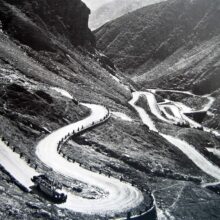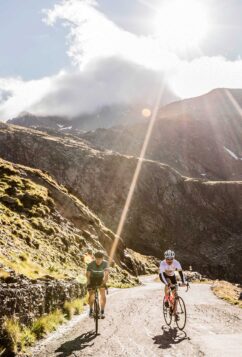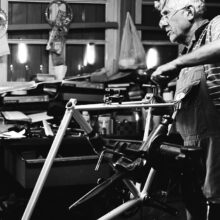The eagle
of Adliswil
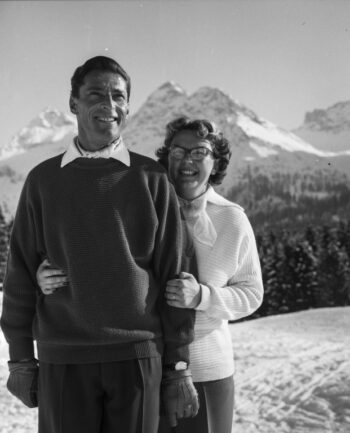
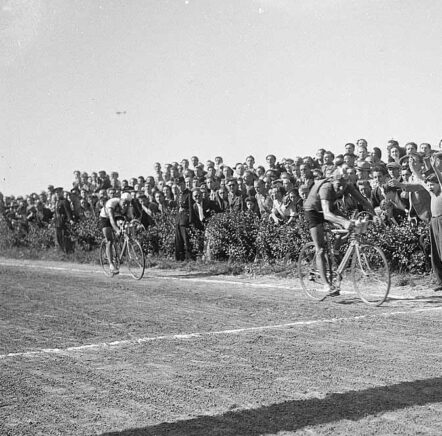
While at the beginning of his career Ferdy Kübler was still in the shadow of the tragic hero Koblet, he won the hearts of the Swiss over the decades, so that in time he became “Ferdy National”, the best known and most popular cyclist of all time. With his strong sense of business, he sometimes rubbed people the wrong way but remained successful into old age. Here is the story of the second “K.”
If Hugo Koblet is the Pedaleur de Charme, then fellow Swiss champion Ferdinand “Ferdy” Kübler is the Pedaleur de Force Brute. Kübler was six years older than Hugo, but his upbringing was one of scarcity in the rural countryside. Both Hugo and Ferdy began their cycling careers as offshoots of a bakery: a baker bought Ferdy a second-hand bicycle with which he had to deliver 40 kg of bread a day to a nearby village. With the meager money he saved, he purchased a top racing bike and began his career in the early 1940s. Ferdy started showing much promise in the late 1940s with good performances in professional Swiss and European races. In 1950, Ferdy won the Tour de France. The first time a Swiss had won the Tour. In 1951 he matched Koblet and won the Giro d’Italia, which Koblet won one the year prior.
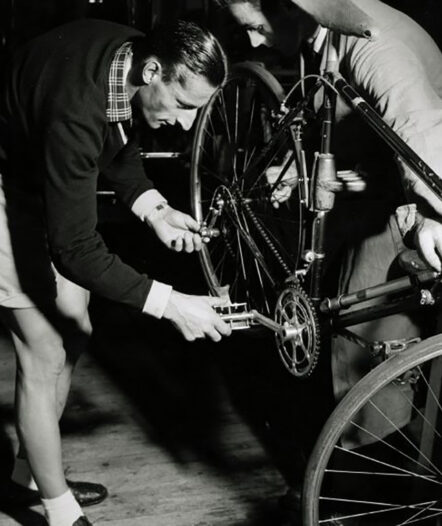


Quite the opposite to Koblet, Ferdy was something of a character who was described as rough and a bit modest. He was known to speak about himself in the third person. “Ferdy feels strong. Ferdy attacks tomorrow in the mountain stage.” Ferdy had more international success than fellow Swiss Koblet in the wider European circuit. He won twice the famous Belgian classic Liege – Bastogne – Liege, twice Flèche Wallonne, once the Bordeaux – Paris race along with the world championship road race in Varese. He was known for being a sprinter and used to say his big nose made him more aerodynamic. His nose also helped him earn the nickname “the Eagle of Adliswil.”
If Koblet is the Pedaleur de Charme, then Ferdy Kübler is the Pedaleur de Force Brute.
He was known for his frugal use of money. Growing up in poor circumstances, he was reluctant to part with every franc he earned. His teammates said there was bickering over the distribution of any prize money – some like Göpf Weilenmann didn’t like driving for him because he was so stingy. Göpf told me that to him, Ferdy was the total opposite in that regard to Koblet. During the peak of his career, Ferdy could have lived in a fancy Zurich apartment, but he opted for one half the price outside the city in the suburb of Adliswil.
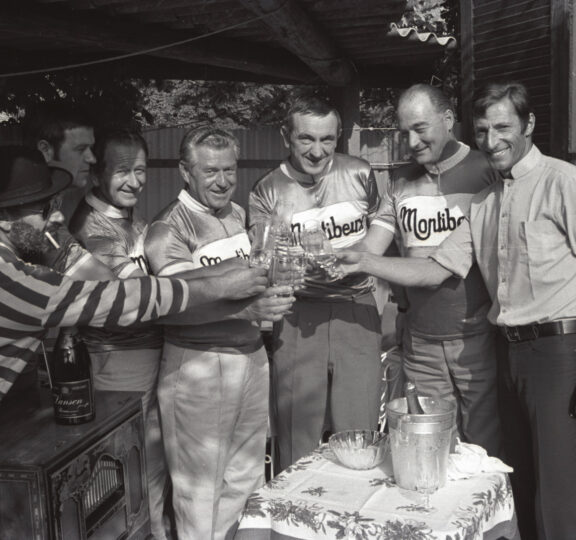
After winning major races like Tour de France, Giro d’Italiad’Italia, many classic one-day races, Swiss National Championships, or Tour de Suisse, Ferdy decided to retire in 1956 and spend time with his family. Kübler was very clever in maintaining the popularity he achieved on the racing circuit and parlaying it into personal business success. Ferdy became a well-known PR spokesman for an insurance company, a food company, Trident gum, and the bike brand Tebag. In later years he became obsessed with golfing and kept an active lifestyle. In cycling, he rode daily up until his 70s. Finally, he quit because road traffic became too much. Ferdy ended up being a national treasure, which is why he was nicknamed “Ferdy National” during his racing days. Ferdy passed away at the incredible age of 97 in 2016. A full life if there ever was one.
Images
1: With his wife, Arosa, 1950s, ETH-Bibliothek Zürich, Bildarchiv / Fotograf: Gerber, Hans / Com_X-K125-001 / CC BY-SA 4.0 2: Tour de France 1947, Harry Sagers / Anefo, CC0, via Wikimedia Commons 3: 1952, ETH-Bibliothek Zürich, Bildarchiv / Fotograf: Comet Photo AG (Zürich) / Com_M01-0417-0001 / CC BY-SA 4.0 4: ETH-Bibliothek Zürich, Bildarchiv / Fotograf: Vogt, Jules / Com_M22-0049-0001 / CC BY-SA 4.0 5: Ski instructor, ETH-Bibliothek Zürich, Bildarchiv / Fotograf: Schollenberger, Kurt / Com_L19-0810-0001-0001 / CC BY-SA 4.0 6: Birthday 1969, ETH-Bibliothek Zürich, Bildarchiv / Fotograf: Gerber, Hans / Com_L18-0355-0125 / CC BY-SA 4.0
